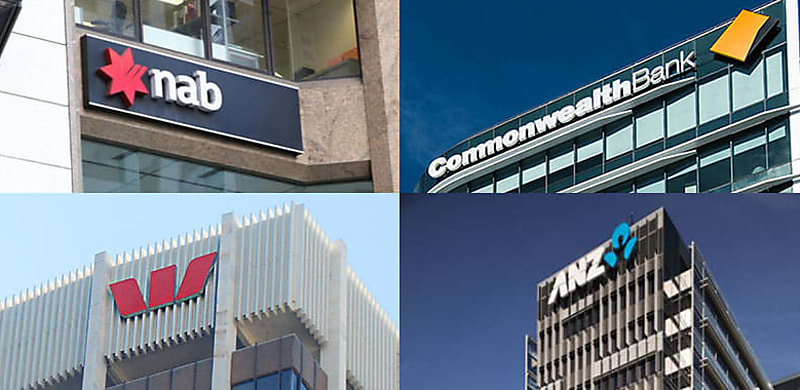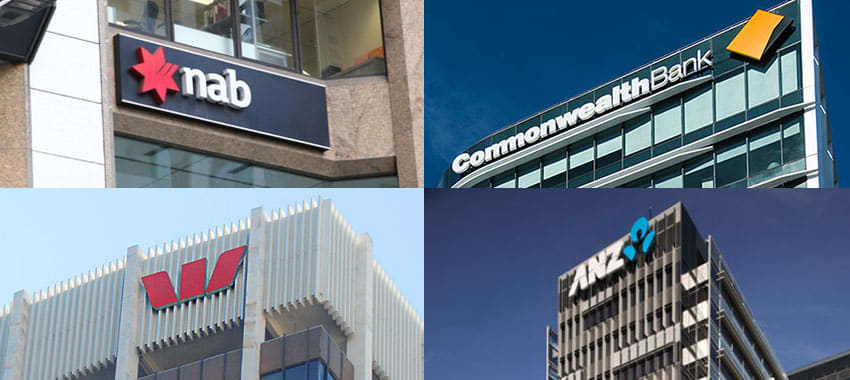
Bank economists have called when they believe the central bank will begin its easing cycle.
While the Reserve Bank of Australia (RBA) and its governor Michele Bullock remain apprehensive about indicating when potential rate movements will occur, bank economists have already priced in when they believe rate cuts could happen.
At the time of writing, there hasn’t been a general consensus on exactly when the RBA will commence its monetary policy easing cycle, ranging from around the beginning of the new financial year to well into 2025.
Nonetheless, many believe that the RBA has at the very least adopted a “neutral” or “near-neutral” stance on monetary policy based on the shift in language and lack of deliberation over rate movements seen in the minutes of the March monetary policy meeting after leaving rates on hold at 4.35 per cent.
Following the March minutes, ANZ’s economics team made note that the RBA did not consider a rate hike since the beginning of its hiking cycle in May 2022, concluding that it maintained a “mild tightening bias”.
However, ANZ expects the RBA to complete a neutral shift in May should 1Q24 CPI and labour force data print in line with the board’s expectations.
As a result, ANZ continues to believe that the first rate cut will most likely occur during the November monetary policy meeting.
Similarly, NAB revealed in its State Economic Overview March 2024 that it expects inflation to moderate gradually with the RBA keeping the cash rate on hold throughout most of the year before cutting in November.
“This will likely see household demand remaining subdued until real income growth begins to recover later in the year, supporting demand growth into 2025,” NAB’s economics team stated.
The Commonwealth Bank of Australia (CBA) and Westpac have predicted the board to begin cutting rates during the late-September monetary policy meeting.
CBA’s scenario sees the RBA completing a total of 150 bps of rate cuts expected by mid-2025 and maintained that the RBA has adopted a “neutral bias”.
Westpac chief economist Luci Ellis explained the major bank’s reasoning: “Given that recent data flow and the shift in the RBA’s language, we continue to expect that the RBA is on hold until its late-September meeting.”
“At that point, it will have the full suite of data for the first half of 2024, including productivity and labour cost growth,” Ellis said.
“Assuming things continue to pan out as expected, it will then have enough assurance that inflation will continue to decline on the desired trajectory. That will allow the Board to reduce some of the tightness in the stance of monetary policy and preserve more of the gains on employment.”
Meanwhile, in an economic update for April, Bendigo Bank chief economist David Robertson said the non-major bank maintains its “long-held view” that the RBA will most likely begin its easing cycle in 2025.
Robertson said the RBA is “around six months” behind most other central banks and although the RBA demonstrated a more balanced outlook in March, the remarks made by the board “still suggest patience”.
“The comments made at the March RBA meeting, such as “risks had become a little more even,” and “aggregate demand still exceeded supply,” continue to imply a mild tightening bias,” Robertson said.
“Those quotes preceded the latest jobs data, where our unemployment rate fell remarkably from above 4 per cent to 3.7 per cent, suggesting demand for labour is still strong, but exposing the risks that wages growth may post to services inflation through 2024.
“The two scenarios that appear most likely to support early RBA rate cuts by spring are: a sharp rise in unemployment (as the economy weakens) or a faster than expected fall in core inflation, however an unemployment rate in the threes isn’t consistent with either of these.”
One of the earlier predictions came from AMP Bank. Speaking to The Adviser sister brand Mortgage Business ahead of the March monetary policy meeting, AMP deputy chief economist Diana Mousina said the bank expects rate cuts at the August meeting, if not earlier.
“We had been saying June but [that’s] probably getting a little bit too soon, they just don’t seem like they’re in a rush just yet. So, probably they’ll start cutting rates by about August, which is still ahead of market pricing,” Mousina added.
[RELATED: RBA can’t ‘rule in or out’ interest rate moves: Bullock]
 Login
Login











JOIN THE DISCUSSION